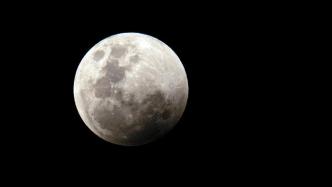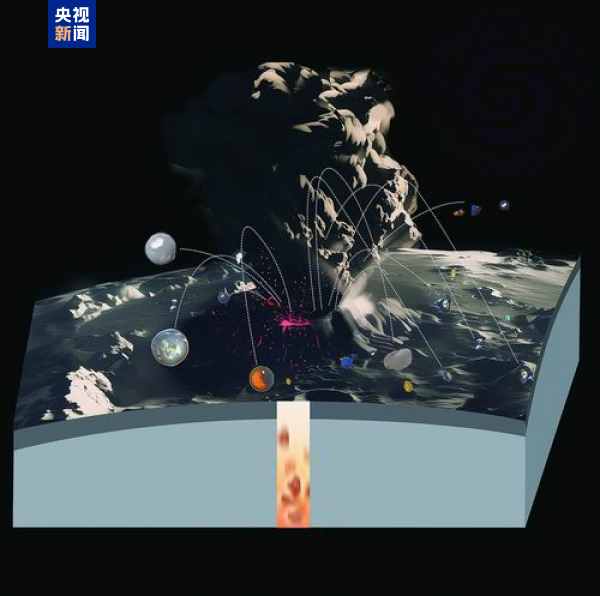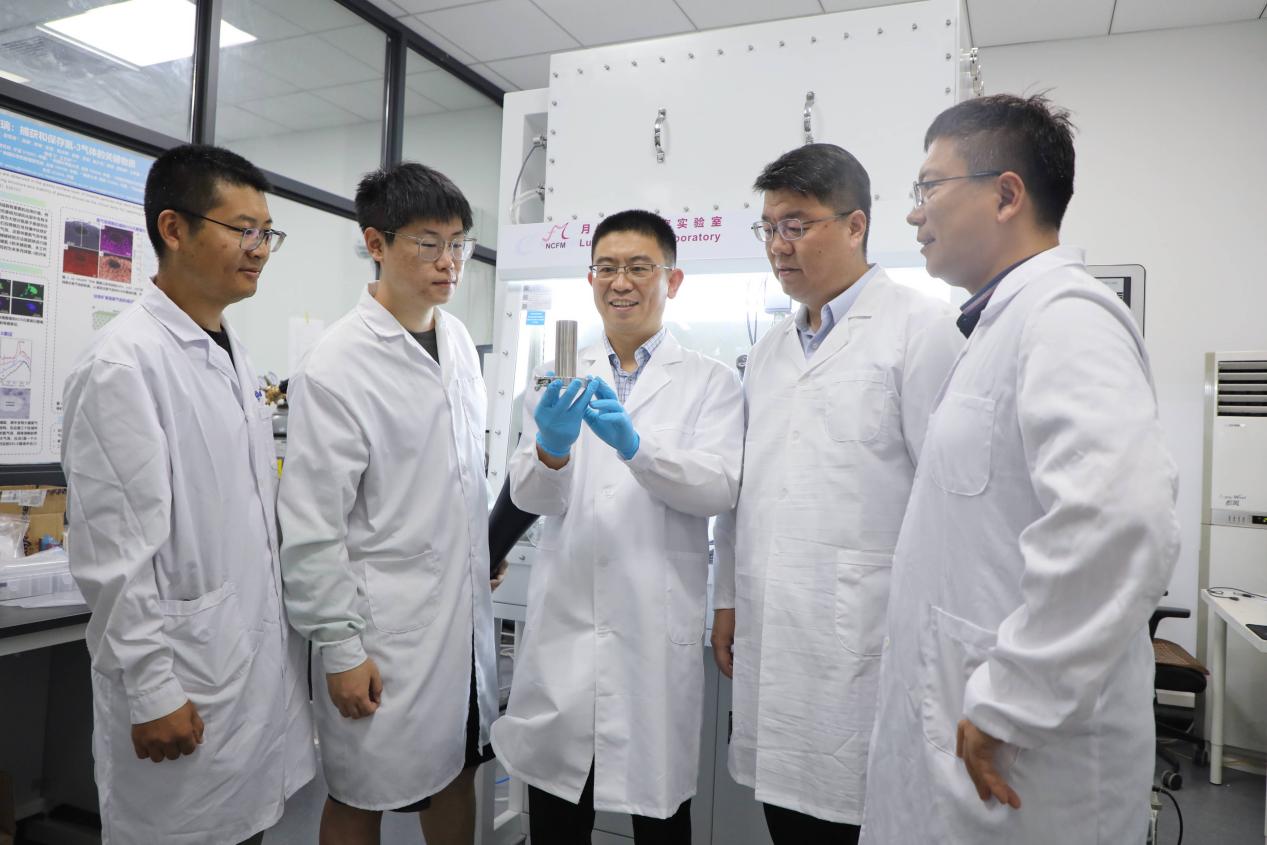
Is it really out of reach to build a house on the moon? Perhaps in the near future, there will be a group of "Chinese super masons" who will build scientific research stations for humans on the moon.
Recently, the first academic seminar on extraterrestrial construction was held in Wuhan. Many experts and scholars started a heated discussion on "how to build a house on the moon".
Build a house like Lego
As the only extraterrestrial body that humans have ever visited, the moon has always been an important object of research by scientists. Although a small number of papers on lunar surface construction have been released internationally, judging from public reports, this research is still very cutting-edge, and there are not many large-scale academic conferences dedicated to "extraterrestrial construction" in the world See. Why did Chinese scientists take the lead in initiating such a meeting?
Ding Lieyun, the initiator of the first academic seminar on extraterrestrial construction, academician of the Chinese Academy of Engineering, and chief scientist of the National Digital Construction Technology Innovation Center, said in an interview with China Science Daily that extraterrestrial construction seems out of reach, but it is the foundation of human science and technology progress. Exploration needs are also the strategic needs of a space power. The purpose of initiating and holding the "Extraterrestrial Construction" academic conference is to promote interdisciplinary innovation and exchanges, and to form a consensus and ideas for promoting extraterrestrial construction.
In 2015, Ding Lieyun, who focused on intelligent construction research, was inspired by architectural 3D printing and began to lead a team to conduct research on the construction of lunar bases. At present, the technical idea of building lunar bases in foreign countries is high-energy beam 3D printing, which has problems such as difficulty in forming large-scale structures at one time and high energy consumption. The team of Huazhong University of Science and Technology borrowed from traditional Chinese masonry and mortise and tenon connection methods, combined the traditional Chinese brick masonry construction method with the 3D printing construction method, and used lunar soil to burn lunar soil bricks with mortise and tenon structure, and then used Robot masonry, building a house on the moon like "Lego". This method can not only build a larger-sized lunar structure, but also lower energy consumption and cost.
Ding Lieyun introduced that compared with traditional construction, the problems and challenges faced by extraterrestrial construction are particularly complex. To implement construction on the moon, you must first overcome the test of extreme environments. Secondly, the moon has an ultra-high vacuum environment, and there are large temperature changes of three to four hundred degrees Celsius. Traditional civil construction methods are almost impossible to implement, and the structural stability cannot be guaranteed.
"It will cost 200,000 US dollars to transport a bottle of mineral water to the moon." Ding Lieyun said that the high cost also means that the necessary materials such as steel, concrete, and water for extraterrestrial construction cannot be obtained from the earth. "Outside the belt", only the natural lunar soil materials on the moon can be used for in-situ construction.
In addition, about 1,000 moonquakes of magnitude 2-3 occur on the moon every year, coupled with the strong radiation of cosmic rays, solar wind, micrometeorite impacts, and the complex shape and geology of the lunar surface, making the in-situ construction of the lunar surface extremely complicated and difficult. Super engineering involving multi-disciplines.
A "from 0 to 1" process
"Under the extremely harsh lunar environment and the existing relationship between the earth and the moon, how can we make full use of the lunar in-situ resources and combine the mature construction technology on the ground to innovate and build a lunar man-machine collaborative construction system to realize the intelligent implementation of lunar surface construction?" Yu Dengyun, academician of the Chinese Academy of Sciences and chief designer of the fourth phase of China's lunar exploration project, thought about the future construction of the lunar surface from the three aspects of "what", "why" and "what to do".
In an interview with "China Science Daily", he said that my country's lunar exploration project is currently mainly unmanned exploration. Starting in 2003, it will be divided into three steps-the first step is to orbit the moon, and the second step is to land and patrol. , the third step is unmanned sampling return. China will realize these three steps as scheduled before 2020. But this is far from meeting the needs of human beings for lunar scientific cognition and resource utilization, so we will continue to carry out deeper exploration activities, so there is the current fourth phase of the lunar exploration project. The main goal of the fourth phase of the lunar exploration project is to establish a basic scientific research station at the south pole of the moon to carry out in-depth research on lunar science and technical experiments on the utilization of lunar resources.
Yu Dengyun introduced that at present, the fourth phase of the lunar exploration project is steadily advancing. Chang'e-6 is planned to be launched around 2025 and softly land on the back of the moon. It will carry out on-site investigation and analysis of the landing area and the first unmanned sampling return mission on the back of the moon to obtain the world's first lunar soil sample on the back of the moon. Chang'e-7 will be launched around 2026, including a lunar orbiter, lander, rover and jumper. The launch and landing area is located in the South Pole-Aitken Basin area above 85° south latitude of the moon, and it is planned to achieve scientific goals such as in-situ verification of water ice in the permanent shadow pit in the polar region. Chang'e-8 is planned to be launched around 2028 to carry out in-situ utilization of lunar resources and pilot verification of key technologies. It can form a basic scientific research station at the south pole of the moon with Chang'e-7.
"Constructing buildings on the moon is a long-term need for lunar exploration. It will definitely be realized in the future, but based on the current research foundation, it will be difficult to realize it in the short term." Yu Dengyun said that the real realization of "building on the moon The goal of "house" may take another 20 to 30 years, or even longer. This research may not have immediate results, but it is necessary to carry out interdisciplinary exchanges, discussions, and cooperation at present.
He further analyzed that human scientific exploration of unknown fields is often a "from 0 to 1" process. Bold assumptions, careful verification, continuous exploration, continuous accumulation, and inspiration are all things that need to be experienced to break through major scientific problems. In the long run, it is very necessary and meaningful to start the research work on the construction of buildings on the surface of the moon as soon as possible, to better understand the key issues and difficulties, to continuously stimulate the research interest of researchers and young scholars, and to continuously accumulate experience and technology. extraordinary.
The process is as important as the result
"China Science Daily" learned from the seminar that Ding Lieyun's team has prepared the first vacuum sintered printing sample of simulated lunar soil in China.
He named the building on the lunar surface "Yuehuzun", the robot that completed the masonry assembly and construction work "Chinese Super Mason", and the robot used for 3D printing of in-situ resources on the lunar surface "Moon Spider"...
"Choosing cute and Chinese-style names for key technologies is intended to contribute more Chinese wisdom, Chinese solutions, and Chinese strength to the peaceful use of space for mankind and the construction of a community with a shared future for mankind," Ding Lieyun said.
However, he also admitted that the current research of the team is still in the experimental stage in a simulated environment, and because the gravity of the moon is only one-sixth of that of the earth, the experimental simulation is very difficult, and more experimental data for simulating extreme environments is needed and results, so further research is necessary.
Yu Dengyun told the "Chinese Journal of Science" that in the past, everyone knew that the temperature difference between day and night on the moon was very large, but there was no precise data on how large the temperature difference was. The latest data obtained by our country's exploration is that the maximum temperature of the moon during the day is about 120 degrees Celsius, and the temperature at night is about minus 200 degrees Celsius. Therefore, the temperature difference between the moon and the night is about 300 degrees Celsius, exceeding previous estimates. Such a large temperature difference has brought great challenges to the construction of the lunar surface.
When will it be possible to "build a house" on the moon? Experts at the meeting generally believed that this needs to go through a process of continuous exploration by a group of scientists, and may not be realized in a generation of scientists. However, it is obviously necessary to use interdisciplinary exchanges to promote scientists in related fields to build consensus, jointly solve problems, and meet various challenges.
"The process and results of scientific exploration are equally important. For many major scientific problems that concern the survival and development of the country and human beings, the process of painstaking research is sometimes even more important than the final result." Ding Lieyun said.
(Original title "What's so difficult about building a house on the moon?")


